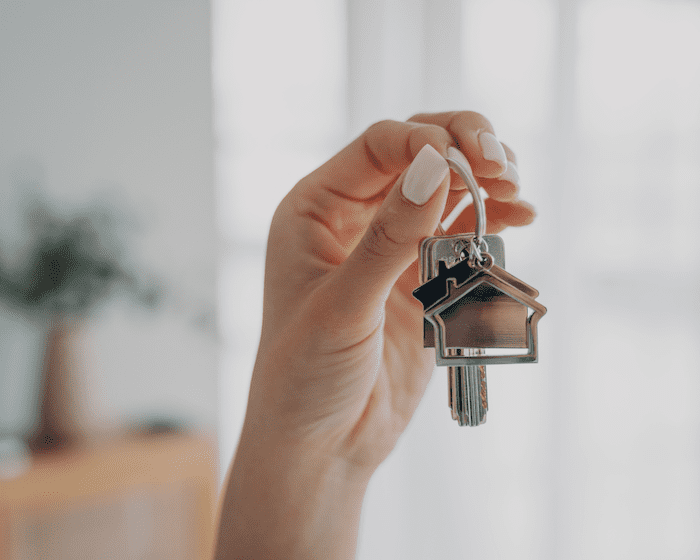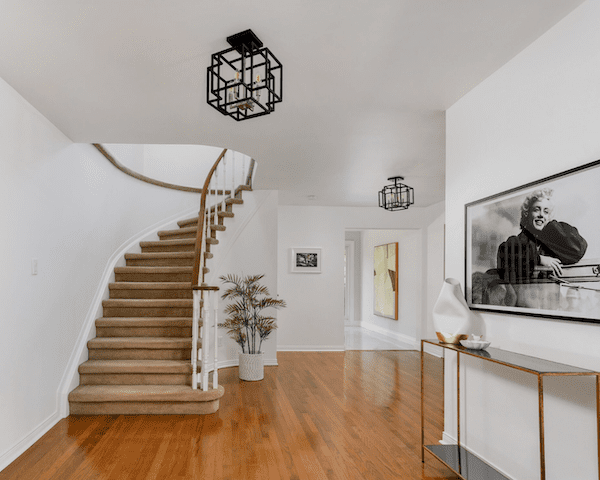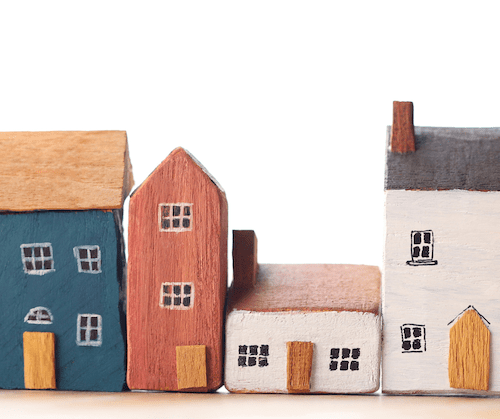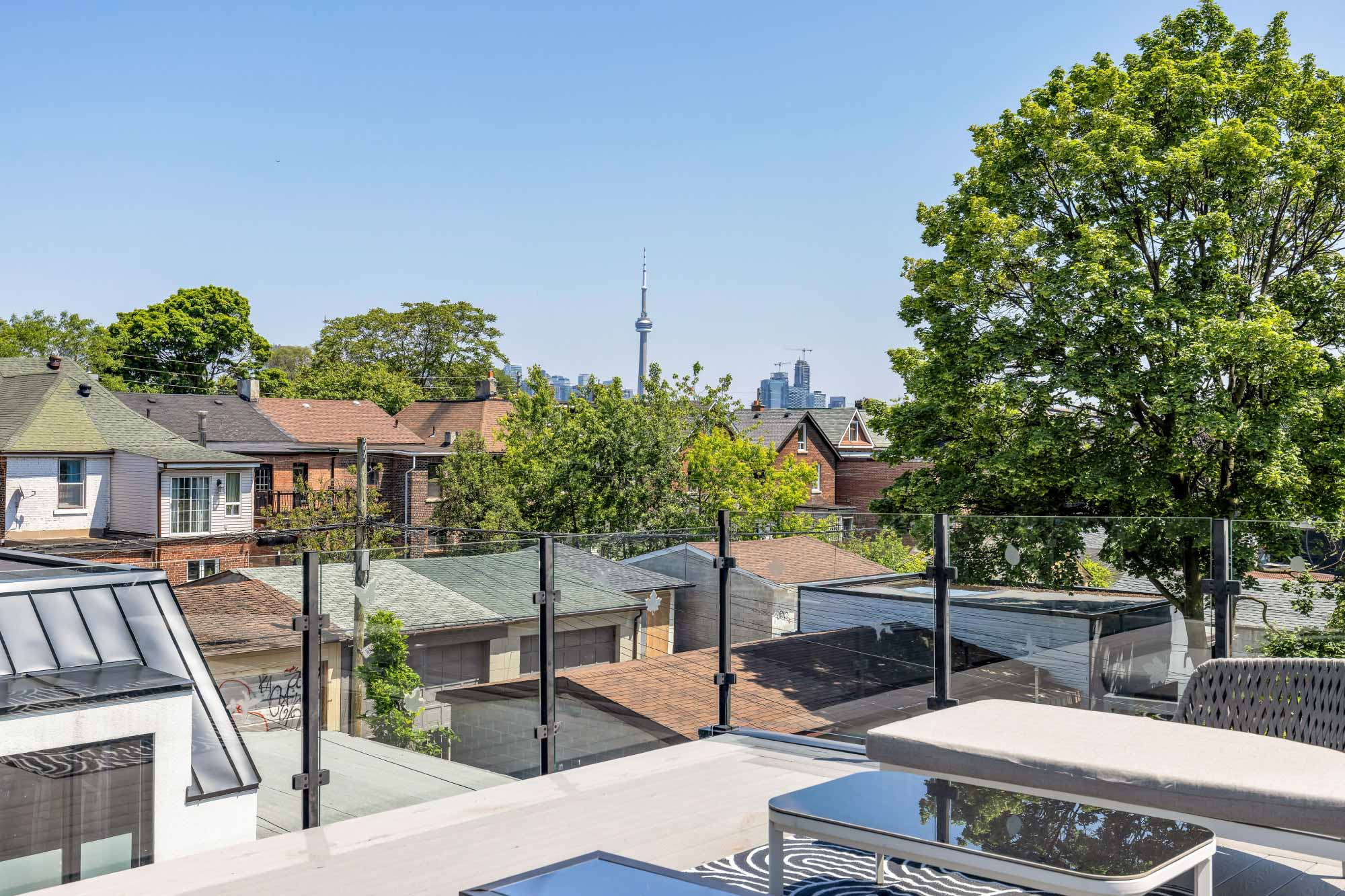If you’ve ever looked closely at the market, it’s no surprise that Toronto real estate is expensive. As Canada’s most populous city, homes here have always been a little pricier than almost anywhere else – with the possible exception of Vancouver. The recent demand over the past couple of years has also had a substantial impact.
As a buyer, it’s more critical than ever to understand your budget and to be able to navigate financing. This is true whether it’s your first home or you have your eye on your second or third. In this post, we’ll talk about what every Ontario buyer should know about financing their real estate purchase.
Are you ready to buy a home but are not sure where to start? Why not book a free consultation with our experts right here?
How Prepared Are You?
Let’s start by asking where you are on your home buying journey. Is buying your next house a near certainty and it’s just a matter of getting started? Are you just at the very beginning and unsure of whether or not you will take the plunge? Your readiness to act could determine how you go about obtaining financing.
This is a very important distinction. You don’t want to go to the trouble of filling out a full mortgage application and potentially taking a hit on your credit report if you decide not to buy a house after all.
Alternatively, obtaining both a pre-qualification and a pre-approval could be a duplication of your efforts if you are certain you will proceed. Let’s take a closer look at these two processes so you know which path is right for you:
Pre-Qualification Versus Pre-Approval
A pre-qualification is a very quick estimate of how much you might be able to borrow. You fill out a form online and get the results within minutes. Plus, no mortgage application is necessary, so it will not affect your credit score. However, remember that this is just an estimate, and the actual amount you get approved for may be different.
A pre-approval is a more involved process for someone who is serious about buying. Your lender will likely require a mortgage application and they will run a credit check. You’ll provide in-depth details about your income, capital, and debt load. After a lender assesses your application, you’ll get a certificate of approval that shows how much you can borrow based on your current financial picture. Another benefit is you can lock in the lowest interest rate from the time you get approved to when you make your purchase. Most pre-approvals are valid for 19 to 120 days.
An important note about pre-approvals is that while they are more accurate and detailed than a pre-qualification, they are still not guaranteed. Changing jobs or taking out a significant loan could impact the final amount.
Your first home purchase is a milestone to celebrate! The resources below can help you make it happen sooner rather than later:
- What You Should Know Before Buying A House With Someone Else
- What Resources Are Available For First-Time Buyers In Toronto?
- How Can You Overcome Anxiety as a First-Time Home Buyer?
Down Payment and Deposit
Your mortgage covers most of your purchase, but you will need a down payment and a deposit when buying a house. These terms can cause confusion as they are frequently used interchangeably. However, there is a difference.
The down payment ranges from 5 to 20% of the purchase price, and is the total amount you need upfront to buy a home. The deposit is the portion of the down payment you provide within 24 hours of a seller accepting your offer. Upon closing day, the deposit gets added to the remainder of your down payment, with your mortgage covering the rest of the purchase.
How much you need to qualify for a mortgage depends on the final cost of the home. However, you’ll also need to set aside approximately 3 to 5% to cover all of your closing costs.
- A house $500,000 requires a 5% down payment.
- From $500,000 to $1 million, you need 5% on the first $500,000 and 10% on the rest.
- For homes priced at $1 million or more, you need 5% on the first $500,000, 10% between $500,000 and $1 million, and 20% on any amount above $1 million.
- If you can provide 20% or more upfront regardless of the price, you can save on the cost of mortgage insurance.
What are your first steps after you move in? The posts below will help you design your new home to your tastes:
- What to Do Immediately After Getting Your New Home
- Can You Elevate Your Bathroom Decor In An Afternoon?
- Lighting Techniques That Give Your Home an Instant Facelift
Types of Mortgages
Interest rates have been a hot topic over the last few years, and for a very good reason. At these prices, a single percentage point can be a huge factor in housing affordability. For more advice, we highly recommend speaking with a mortgage specialist. However, here is an overview of the types of mortgages available in Canada.
Variable mortgages: Your rate is not locked in, which means you’ll save on interest costs when rates are low. If they rise, your payments will also increase or your bank may allow you to extend your amortization period.
Fixed mortgages: If you prefer knowing what your payment will be every month, a fixed-rate mortgage may be better. This can also be a viable option when interest rates are low but expected to increase. You can lock in the current rate for 3 to 5 years.
The new 30 year mortgage: In an attempt to make homeownership more affordable, the federal government has recently opened up 30-year mortgages even without a 20% down payment. For now, the option only applies for first-time buyers who are purchasing a newly constructed home. Choosing a longer amortization period can make your monthly payments more manageable. However, you may end up paying more for your home over the long term.
No matter where you are in the home buying process, there may be options available that you haven’t previously considered. A local real estate agent can open doors and help you find a house that’s just right for your budget and lifestyle.
Do you have more questions about buying a home in Toronto? Our experts are happy to guide you through the process. Reach out to 647.232.7317 or email ana@asantos.ca to take the next step.

Meet The Team
See how our dynamic duo leads a smart strategy to help you sell your Toronto home for top dollar.









